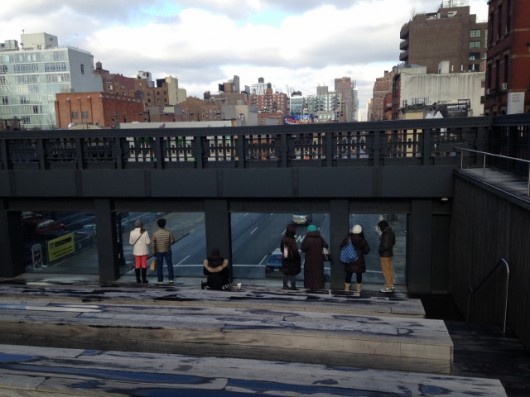
The following post is an excerpt from “Taking the high road across Manhattan” on page 102 of the 2013 Explorica January Brochure. Read the brochure online for the full story.
Walking through New York City, the sights and sounds of construction fill the air: drills breaking concrete, scaffolding lining the streets, wrecking balls swinging from cranes. Renovation is what keeps a city alive, but the casualties of urban renewal often erase the fingerprints of an illustrious municipal history. Throughout the past century, important historical structures like the Singer Building, the New York World Building, and the original Penn Station have been leveled to make way for highway ramps, modern skyscrapers, and the current Madison Square Garden, itself the 4th iteration of the iconic arena.
For the New York High Line, an elevated railway winding through Manhattan’s West Side, demolition was nearly inevitable. Built in the 1930s to eliminate pedestrian fatalities caused by ground-level freight trains, the High Line tracks once transported goods 30 feet above street traffic. The trains passed directly through a handful of buildings such as the Nabisco building, where the Oreo was invented in 1912, and the Cudahy Packing Company, one of the many meat packing plants which gave the Meatpacking District its name. Yet by the 1950s, rail shipments dwindled as interstate trucking picked up momentum. The last train passed through the High Line carrying frozen turkeys in 1980, and it wasn’t long before the cries for demolition picked up volume.
Read the full story in our latest brochure
